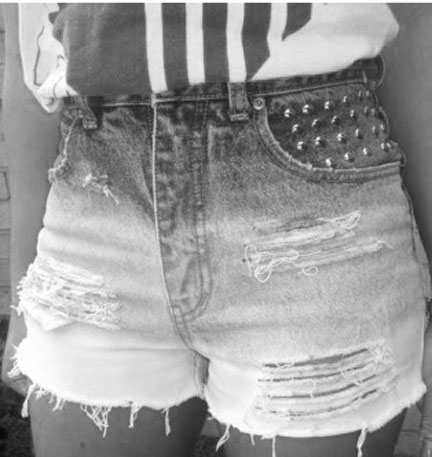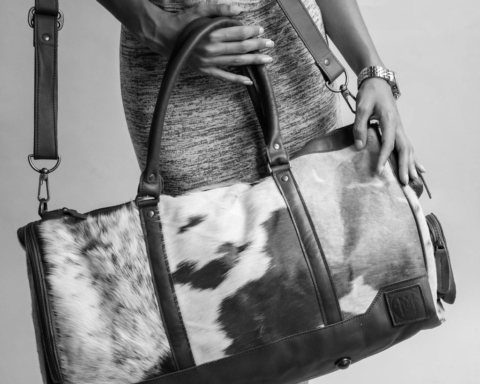By Lauren Zazzara
Features Assignment Editor
With Recyclemania culminating in the Trashion Fashion show this week, students are reminded to look at wasteful practices and find ways to reduce carbon footprints.
When it comes to fashion, there are lots of ways that students can reduce, reuse and recycle so that less material has to go into making new clothes and so that the environment doesn’t suffer for the clothes that are made.
One effective way to be green with fashion is to buy second-hand. Get hand-me-downs from family members. Have a closet swap with friends and shop from each other’s clothes.
Go to a thrift store. For those who are willing to spend a bit more, try a consignment shop. Good options around St. Bonaventure include the Salvation Army Thrift Store and St. Vincent de Paul Thrift Store, both near the Olean Center Mall, Designer Threads Consignment near Beef ‘n’ Barrel and R & M Resale Boutique on West Main Street near The Burton.
Lots of apps allow users to sell their clothes. A good choice is Depop, which counts several YouTube fashion gurus and style bloggers as users, to sell and buy new clothes for discounted prices. For those that aren’t technology savvy, there is the option to sell clothes to stores like Plato’s Closet (there are a few near Buffalo and Rochester.)
When choosing to buy new clothes, check the label for the materials in the items. Choosing faux fur, leather or suede can reduce the chances of animals being killed in inhumane ways.
Do research online before buying, because many brands use sweat shops and child labor to produce clothing that can be sold at cheap prices. It might be worth spending a little more to purchase items made in America by workers who are paid enough to support themselves.
American Apparel claims on its website that it is dedicated to environmental conservation, has America’s largest sewing factory and pays foreign workers fairly. Several online stores, such as Lulu’s and Modcloth, have sections of items made in America. Meanwhile, brands like Nike, The Gap, Walmart, Victoria’s Secret and Disney have run into trouble with using sweatshop labor in the past.
For the truly artistic and crafty, there is the option of making one’s own clothes. Perhaps an easier feat is to change up clothes. Cut old jeans into shorts. Turn shirts with too-tight sleeves into tank tops. Use scraps from old clothing for headbands or as scarves or belts. Online there are do-it-yourself projects for a variety of clothing items.
Going green not only helps the environment, but it can make any closet more unique and personalized. What people wear should make them look good and should do good.
zazzarlm13@bonaventure.edu









